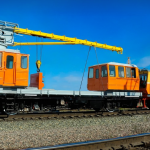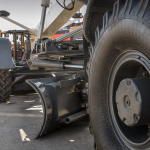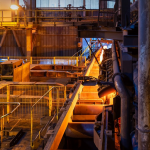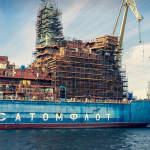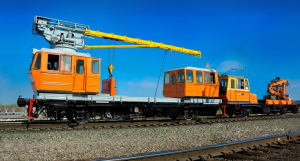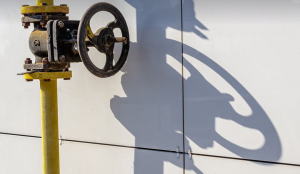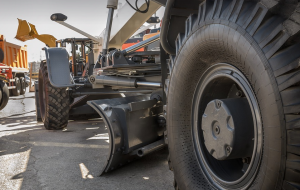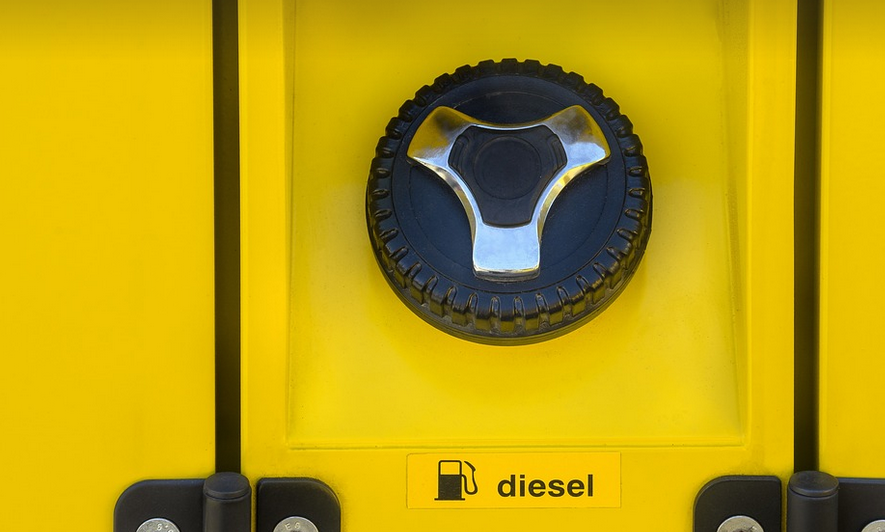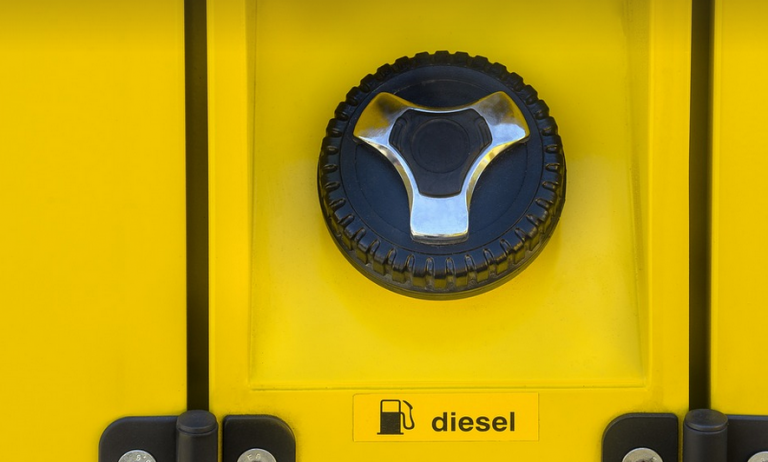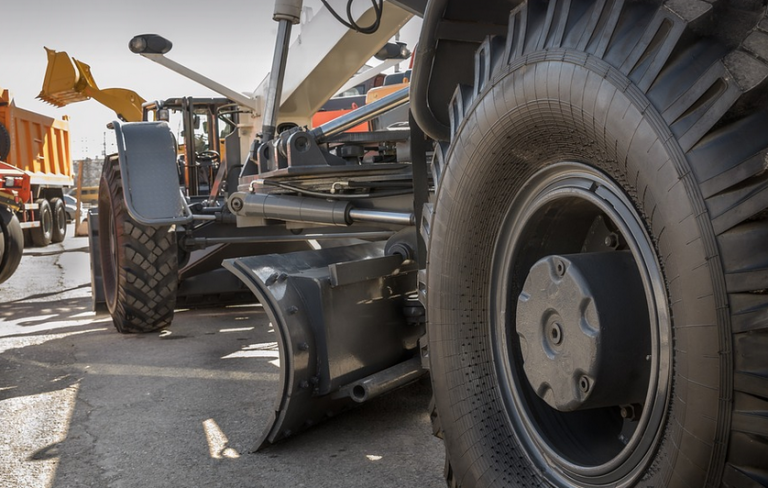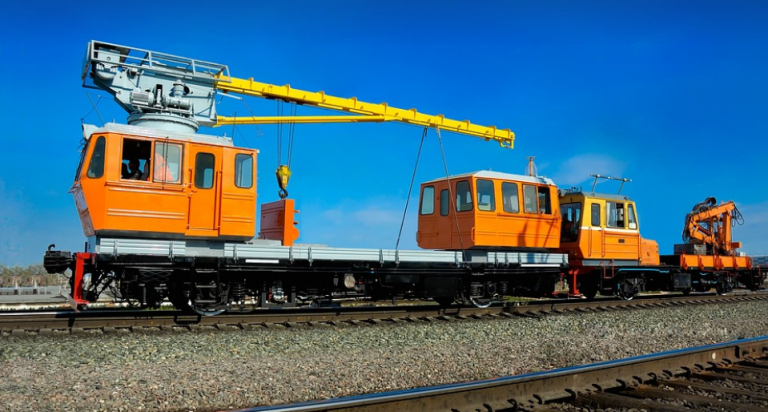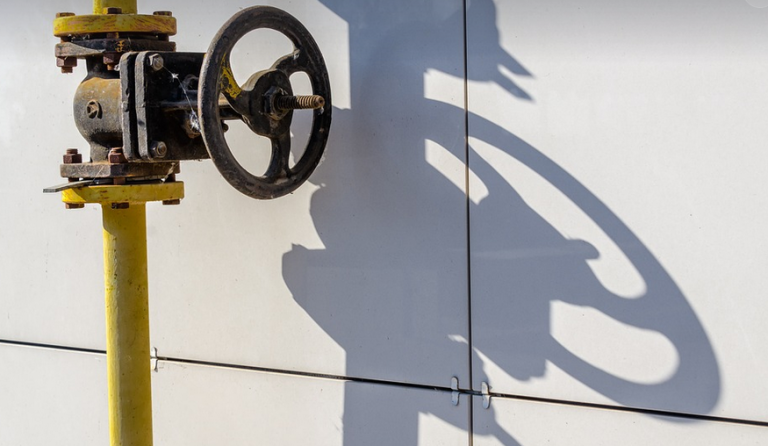What is a Purge Meter?
In the world of welding, especially when working with high-pressure or delicate metals like stainless steel or titanium, maintaining consistent weld quality requires precision and control. One crucial aspect of this process lies in purging – getting rid of unwanted gases from the welding area to ensure a clean, sealed joint.
A purge meter is a specialized instrument that helps you achieve effective purging. Imagine it as your trusty sidekick, constantly monitoring and adjusting the air flow to remove contaminants and create the ideal welding environment for flawless welds.
What makes a purge meter so special? Let’s delve into its workings:
The Basics of Purge Meter Operation
A purge meter is essentially a highly sensitive gas sensor that acts as your eyes and ears. It constantly measures the concentration of gases in the welding area, primarily oxygen (O2), nitrogen (N2), argon (Ar), helium (He), and hydrogen (H2). These gases can be introduced into the weld shield to help create a protective environment for the metal and prevent contamination.
The meter uses this data to calculate the purge gas flow rate and adjust it automatically. This is critical in preventing welding defects caused by incorrect shielding gas, ensuring a clean, consistent, and reliable weld joint.
Purge meters utilize advanced technology to achieve their precise readings. They rely on electrochemical sensors or laser absorption techniques for sensitive detection. These methods offer high accuracy and reliability compared to traditional mechanical gauges.
The Importance of Purge Metering in Welding
Purge metering plays a critical role in welding for several reasons: it ensures the best possible weld quality, enhances safety measures, and boosts efficiency. Let’s explore each aspect:
**1. Weld Quality:** Proper purging is essential to guarantee clean and consistent welds. This means removing oxygen from the weld pool, which prevents oxidation and improves the metal’s ability to hold its shape.
**2. Safety First:** The use of a purge meter ensures that welding processes are conducted in a safe environment. It helps to prevent flammable gases from igniting and reduces the risk of potential explosions. This is particularly important when working with metals like aluminum, which can react dangerously with oxygen at extremely high temperatures.
**3. Efficiency and Speed:** By precisely controlling the gas flow rate during welding, purge meters allow for increased efficiency and faster welding processes. This translates to saving time and potentially reducing costs!
Choosing the Right Purge Meter
Selecting the right purge meter can significantly impact your welding success. Several factors come into play when choosing the ideal tool:
**1. The Material:** Different metals require different shielding gases, impacting the type of purge meter needed. For instance, stainless steel or titanium would necessitate different gas mixtures than aluminum or copper.
**2. Welding Position and Method:** The welding position (vertical, horizontal, overhead) plays a crucial role in selecting a suitable purging method. Some methods are better suited for specific positions based on the amount of shielding gas needed during the process.
**3. Gas Flow Rate:** This is a critical factor to consider when choosing a purge meter – it determines the volume and concentration of gas that needs to be used in the welding process.
4. Budget and Size: Purge meters come in various sizes and price ranges, so consider your budget and operational requirements when making your selection.
3 Key Benefits of Using a Purge Meter
Using a purge meter offers numerous benefits, significantly impacting the overall welding process:
**1. Improved Weld Quality:** This is achieved by minimizing contamination, reducing oxidation, and ensuring a consistent weld pool that prevents defects.
**2. Enhanced Safety:** Purge meters ensure gas control and proper shielding to prevent explosions, fires, and other dangerous incidents.
**3. Increased Efficiency and Speed:** The precise control of gas flow allows for accelerated welding operations, saving time and energy.
